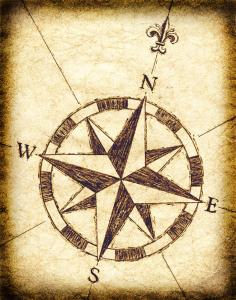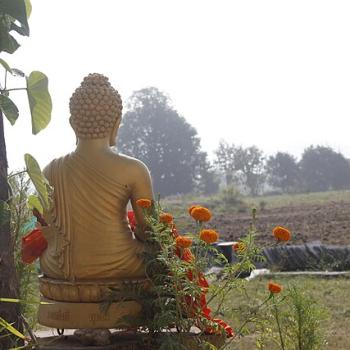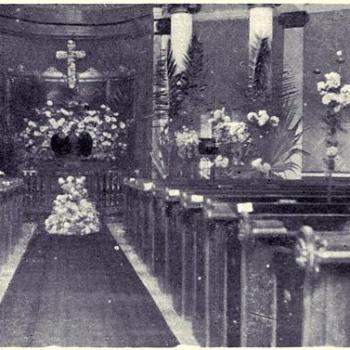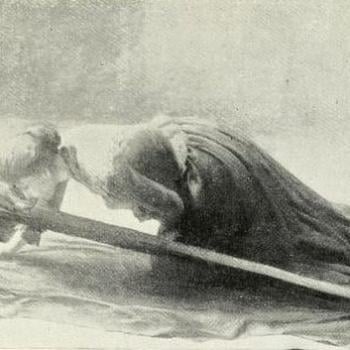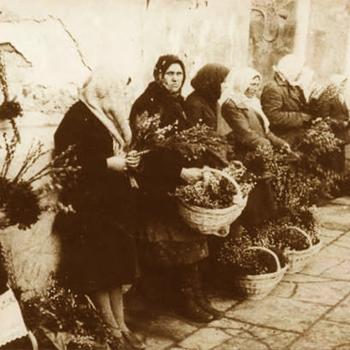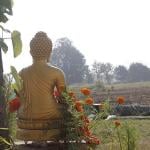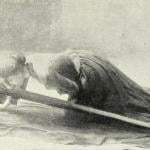I’m currently working on a book describing the spiritual journey. What follows I just cut from that manuscript. But it still felt like it might be useful in another context.
As we enter the way we can feel we’re crossing deserts moving toward an oasis with life-giving waters. Sometimes only to find a shimmering mirage on the horizon that quickly disappears as we approach. Grail. Oasis. Mirage. Deserts. If we’re honest we realize in matters of the heart, it’s really hard to sort out truth from fiction. It can be enormously difficult to sort our deepest calling from our apparently endless well of desires and aversions.
Fortunately, there are those guides, and there are maps for this journey. Of the maps they come ancient and modern. A serious student of the way can find value in most all the ancient guidebooks. Although with all of them, ancient and modern, one needs to be careful. Every map of the spiritual journey misses something. Putting several maps together can be helpful.
To begin a list of maps on offer.
In the West the Jewish tradition has produced the Zohar, attributed to the first century of the common era, although many scholars place its authorship in the thirteenth century. If we dig into it, we find many of our most important spiritual texts have uncertain parentage. Of course, there are many other maps within the tradition. Within Islam the twelfth century poet Farid ud-Din Attar gives us the Conference of the Birds.
The Christian tradition has produced some important books of the way. Within the Catholic tradition the sixteenth century John of the Cross wrote the Ascent of Mount Carmel. Among Protestants the seventeenth century John Bunyan wrote Pilgrim’s Progress.
In the East, the Hindu tradition produced the Bhagavad Gita, likely dating from a hundred or so years before the common era. In China the Tao Te Ching, in parts dating at least as far back as the fourth century before the common era. In Buddhism the Dhammapada is a collection of pointers attributed to the historic Buddha, compiled possibly as early as the third century before our common era.
As I said, to begin a list.
Those familiar with these texts will know most do not attempt to offer a full map with a start and a finish. Again, why it’s wise to look at several.
One that does attempt the full arc of the spiritual life, and probably the most famous spiritual map within Zen is the Ten Ox Herding Pictures. It had several versions but is best known for the twelfth century one by Kuoan Shiyuan. What follows are notes from my own spiritual journey. Along the way I reference several of the world’s traditions, a universalist spirit is in the air. And, I’ve profited much from guidance from unexpected quarters. But the loose container for this reflection will be these Ox Herding pictures.
Shiyuan’s Ox Herding pictures and their verses show how a student of the intimate way starts on the spiritual quest, has various encounters of ever deeper insight, passing through both emptiness and the phenomenal world, and finally ending up a fat guy carrying a bag of presents into the village.
This is important. And worth remembering from the beginning. Of all the images of awakening, of healing, of salvation; one of the most complete and Zen’s best-known map presents a fat guy carrying presents at the heart of the matter.
Somehow, I love this. It brings warnings. And it offers hope for all of us.


